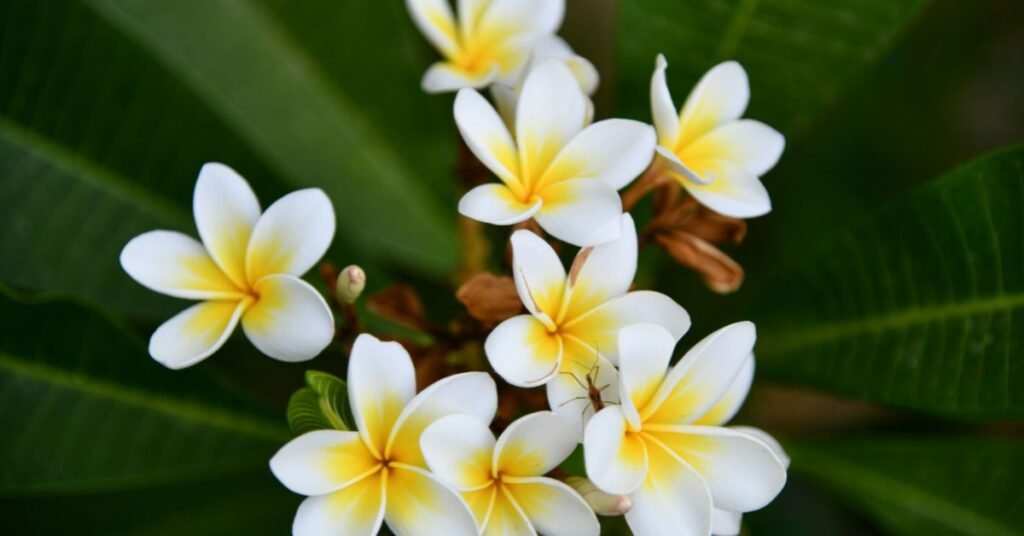The Plumeria Plant — also known as Frangipani — is one of the most beautiful tropical flowering plants admired for its fragrant and colorful blossoms. It’s widely grown in warm climates and has become a popular ornamental plant for gardens, patios, and indoor décor. Known for its sweet scent and symbolism of love, peace, and new beginnings, the Plumeria Plant is a true gem for plant enthusiasts.
Introduction
Native to tropical regions of Central America, the Caribbean, and Mexico, Plumeria (Frangipani) belongs to the Apocynaceae family. Its stunning flowers come in a variety of shades — white, yellow, pink, red, and multicolor blends — often used in making Hawaiian leis.
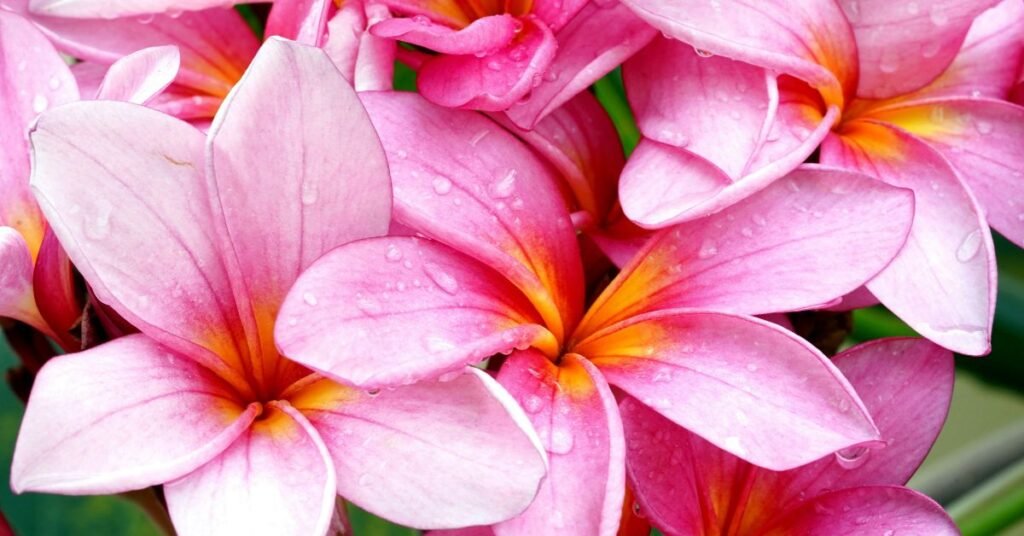
This plant is not just admired for its beauty but also for its low maintenance, resilience, and soothing fragrance. With the right care, Plumeria can thrive both outdoors and in containers, producing clusters of flowers throughout the warm seasons.
Plumeria Plant Overview
| Botanical Name | Plumeria spp. |
|---|---|
| Common Names | Frangipani, Temple Tree |
| Family | Apocynaceae |
| Origin | Central and South America |
| Type | Flowering tropical shrub or small tree |
| Height | Up to 20 feet outdoors, 3–6 feet in pots |
| Flower Colors | White, yellow, pink, red, and multi-tone |
| Blooming Season | Spring to Fall |
| Hardiness Zones | USDA 10–12 |
Appearance and Features
The Plumeria is known for its thick, fleshy branches, large leathery leaves, and clusters of waxy flowers that emit a strong fragrance.
The flowers are five-petaled and often symbolize spiritual beauty, devotion, and immortality in different cultures.
Key features include:
- Fast-growing nature
- Deciduous foliage (loses leaves in winter)
- Sweet fragrance, especially at night
- Excellent heat and drought tolerance
Ideal Growing Conditions
To get the best from your Plumeria Plant, understanding its ideal growing conditions is essential.
1. Light Requirements
Plumeria thrives in full sunlight — at least 6 to 8 hours daily.
Insufficient light can result in weak growth and fewer flowers. Place your plant in the sunniest part of your garden or a bright balcony if growing indoors.
2. Temperature and Climate
This tropical beauty loves warm temperatures (20°C–32°C / 68°F–90°F).
It cannot tolerate frost — if you live in a cooler region, grow it in a container so it can be moved indoors during winter.
3. Watering
Water deeply but infrequently. Allow the soil to dry between waterings.
Overwatering can cause root rot, while underwatering can delay blooming. During active growth (spring and summer), water regularly; in winter, reduce watering.
4. Soil Type
Use a well-draining mix — sandy or cactus potting soil works best.
Plumeria roots dislike soggy conditions, so make sure the pot or garden bed has proper drainage.
5. Humidity
Plumeria enjoys moderate humidity but adapts well to dry conditions. Occasional misting can help, especially in dry indoor environments.
6. Fertilization
Feed your Plumeria every 2-3 weeks during the growing season using a phosphorus-rich fertilizer (like 10-30-10) to encourage more blooms.
Stop fertilizing in fall as the plant prepares for dormancy.
Planting and Potting Tips
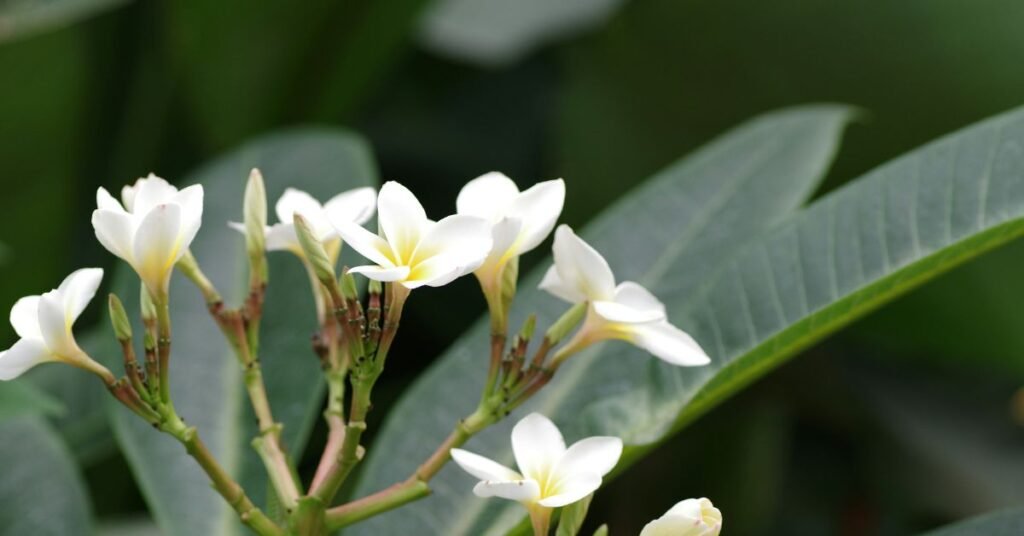
For Garden Planting:
- Choose a sunny, well-drained location.
- Dig a hole twice as wide as the root ball.
- Mix compost or organic matter into the soil.
- Place the plant, fill the hole, and water thoroughly.
- Mulch around the base to retain moisture.
For Container Growth:
- Use a large pot (at least 12–16 inches wide).
- Ensure drainage holes at the bottom.
- A terracotta pot works great because it allows air circulation.
- Re-pot every 2–3 years to refresh the soil.
Pruning and Maintenance
Pruning is essential to keep your Plumeria healthy and shaped.
When to Prune:
Late winter or early spring before new growth starts.
How to Prune:
- Remove dead or diseased branches.
- Cut back long, leggy stems to maintain a compact shape.
- Always use clean, sharp pruning shears.
Tip: You can use the pruned branches for propagation!
Propagation Methods
Plumeria is very easy to propagate, especially through stem cuttings.
Steps for Propagation:
- Take a healthy cutting (12–18 inches long).
- Allow it to dry and callous for 5–7 days.
- Plant the cutting in a well-draining soil mix.
- Keep it warm and lightly moist.
- Roots should develop within 3–6 weeks.
Once new growth appears, it’s ready for transplanting into a larger pot or your garden.
Plumeria Flower Symbolism
Across cultures, the Plumeria symbolizes:
- Hawaiian Culture: Birth, love, and new beginnings
- Buddhism: Immortality and spiritual growth
- Indian Traditions: Devotion and purity
- Polynesia: Peace and positivity
These meanings make Plumeria a cherished plant in gardens and temples worldwide.
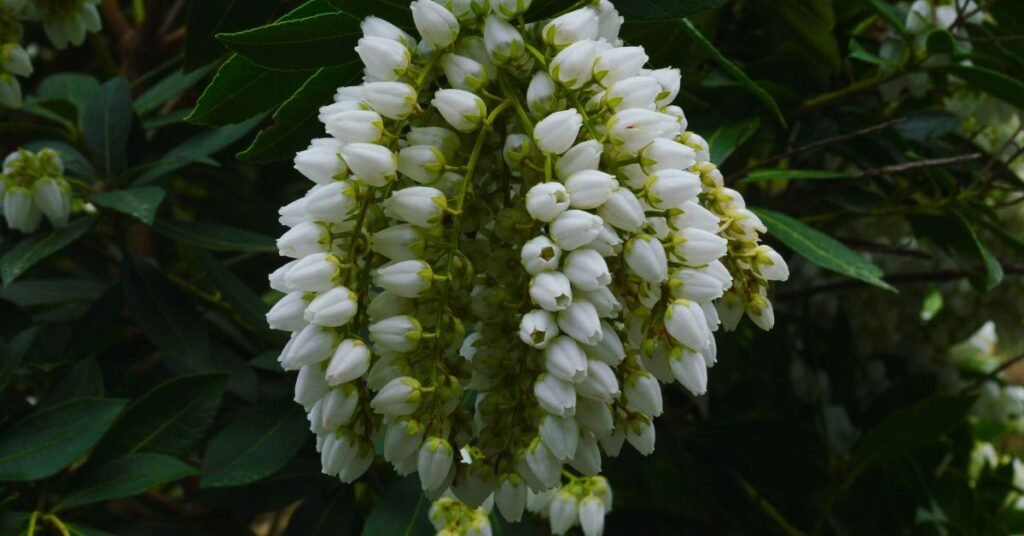
Common Problems and Their Solutions
| Problem | Cause | Solution |
|---|---|---|
| Yellow Leaves | Overwatering or poor drainage | Allow soil to dry, use well-draining soil |
| Leaf Drop | Seasonal dormancy or sudden cold | Move indoors, reduce watering |
| Root Rot | Excess moisture | Trim damaged roots, repot in dry soil |
| No Flowers | Lack of sunlight or nutrients | Provide full sun and phosphorus-rich fertilizer |
| Pests (Spider Mites, Mealybugs) | Dry air or weak plant health | Wipe with neem oil or insecticidal soap |
Seasonal Care Routine
Spring
- Begin watering regularly.
- Fertilize for new growth.
- Check for pests and prune if needed.
Summer
- Peak flowering season.
- Maintain consistent watering and feeding.
Fall
- Reduce watering.
- Stop fertilizing as growth slows.
Winter
- Allow dormancy.
- Keep in a dry, frost-free area.
- Minimal watering required.
Benefits of Growing Plumeria
1. Aesthetic Beauty
The large, colorful, and fragrant flowers instantly uplift any space — perfect for home gardens, balconies, or patios.
2. Aromatherapy and Mood Enhancement
The soothing fragrance of Plumeria flowers reduces stress and promotes relaxation.
3. Symbolism of Positivity
Plumeria represents purity, grace, and positivity — making it ideal for spiritual spaces or meditation areas.
4. Attracts Pollinators
Bees, butterflies, and hummingbirds are naturally drawn to its sweet scent, helping with garden biodiversity.
5. Low Maintenance
Despite its exotic appearance, Plumeria requires minimal care once established.
6. Medicinal and Traditional Uses
In some cultures, Plumeria extracts are used in traditional remedies for skin care, inflammation, and stress relief (though not to be ingested).
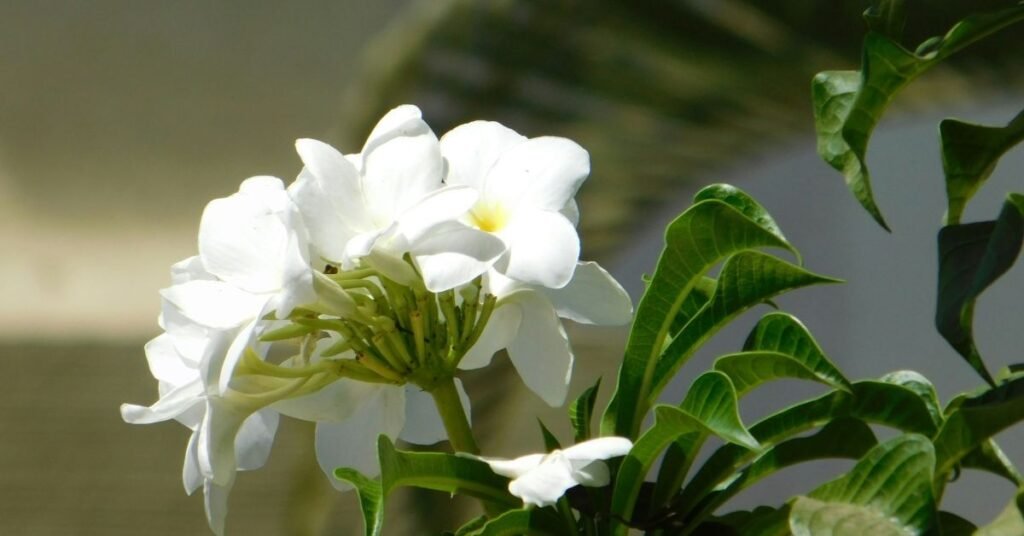
Feng Shui and Vastu Benefits
According to Feng Shui, the Plumeria Plant radiates love, harmony, and happiness.
It’s often planted near home entrances or gardens to promote peaceful relationships and spiritual balance.
In Vastu Shastra, it is considered an auspicious plant that brings positive energy and serenity.
Toxicity Information
While the Plumeria Plant is generally safe to touch, its milky sap can cause mild irritation on sensitive skin.
It’s best to wear gloves when pruning or propagating and to keep it away from pets who might chew on leaves.
Landscaping and Décor Ideas
- Garden Feature: Plant near pathways for a tropical look.
- Balcony Pot: Use a dwarf Plumeria in a large decorative pot.
- Patio Accent: Pair with palms or hibiscus for a lush garden setting.
- Fragrance Spot: Place near sitting areas to enjoy its heavenly scent.
Conclusion
The Plumeria Plant is more than just a tropical flower — it’s a symbol of beauty, peace, and resilience. Its rich fragrance, minimal care needs, and spiritual symbolism make it a favorite among gardeners and plant lovers worldwide.
Whether you plant it in your garden, patio, or balcony, Plumeria will reward you with vibrant blossoms and uplifting energy year after year. It’s not only a sight to behold but a fragrant reminder of life’s simple joys.

